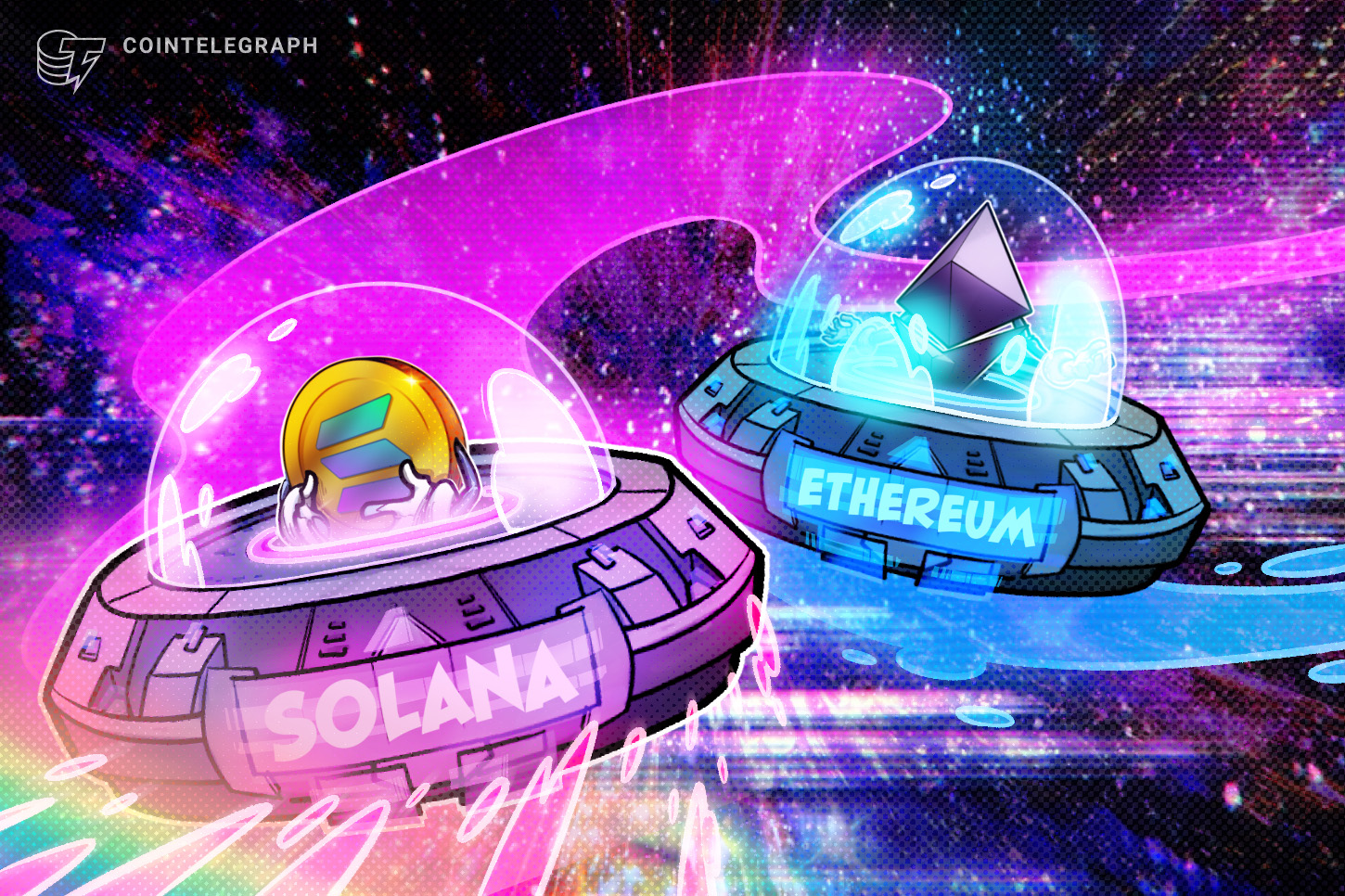
Key Takeaways:
- ETH ETFs have expanded access, though flows are still cyclical.
- SOL’s infrastructure is sturdy: CME futures are available, with options expected on October 13, pending approval.
- The SEC has established quicker standards that could lead to spot-commodity ETP listings apart from BTC and ETH.
- For Solana to surpass Ethereum, it needs consistent new issuances, precise hedging, real usage on the blockchain, and ongoing developer engagement.
Ethereum (ETH) has a significant advantage in the ETF realm, with spot Ethereum ETFs having commenced trading on July 23, 2024. These ETFs managed to attract approximately $107 million in net inflows on their inaugural day, providing a convenient route for investors via brokers and retirement accounts.
In contrast, Solana (SOL) is improving its market framework. The Chicago Mercantile Exchange (CME) introduced Solana futures on March 17, 2025, followed by options that are set for launch on October 13.
As of September 2025, the US Securities and Exchange Commission implemented generic listing standards, facilitating the process for exchanges to list spot commodity ETPs, which may open the door to broader offerings beyond just Bitcoin and Ether.
In markets outside the US, SOL is already traded in compliant investment structures, exemplified by Europe’s 21Shares and Canada’s 3iQ.
The crucial question remains: Can a US SOL ETF spark a persistent demand that allows Solana to outshine Ethereum both in terms of price and fundamentals?
Context of ETH ETFs
Spot Ethereum ETFs started trading in the US on July 23, 2024, achieving approximately $1 billion in trading volume and $107 million in net inflows on day one, creating a mainstream route for registered investment advisers (RIAs) and institutions. However, this remains less than the performance of Bitcoin’s ETF foray earlier in January.
Since these ETFs launched, flows have been cyclical, with instances of net creations interrupted by outflows. Reports in late August and mid-September of 2025 indicated renewed vigor, with multi-week inflows boosting the total crypto AUM.
In part of 2025, Ether’s performance outstripped numerous large-cap crypto assets due to sustained ETF demand and consistent accumulation by institutions and treasuries. This shows that while ETFs don’t modify core network fundamentals, they can determine which asset leads during shifts in capital.
US ETH ETFs launched without staking, limiting their yield potential compared to holding ETH directly. The SEC is examining proposals to possibly permit staking, which, if authorized, could alter the balance between ETF holdings and direct ownership.
Current State of Solana: Usage, Growth, and Risks
In Q2 2025, Solana generated more than $271 million in network revenue, leading all layer-1 (L1) and layer-2 (L2) chains for the third consecutive quarter. By June, data indicated that Solana matched the collective monthly active addresses of all other major L1s and L2s. This reflects a robust intensity of usage.
In January 2025, Solana facilitated $59.2 billion in peer-to-peer stablecoin transfers, a notable rebound from the preceding downturn late in 2024. The volume of USDC on Solana is around $9.35 billion, with the overall supply of stablecoins more than doubling at the start of 2025, increasing from $5.2 billion in January to $11.7 billion in February.
Even though Ethereum continues to manage the majority of value transferred by stablecoins as of mid-2025, around 60%, indicating that while Solana is making significant strides, it hasn’t achieved dominance yet.
Key appeals to Solana include low costs and rapid speeds: fees are sub-cent, block times are 400 milliseconds, and the throughput is high, which have established Solana as a central hub for decentralized exchange (DEX) and perpetual futures activities, alongside the booming memecoin area seen in 2025. However, these volumes also generate concentrated flows in speculative sectors.
Potential Changes from a US SOL ETF
Approval of a US SOL ETF would grant access and funds to mainstream brokerage and retirement platforms used by RIAs, lessening obstacles for allocators and expanding the buyer demographic beyond crypto-specific venues.
Conclusion
If a US-based spot SOL ETF is approved, the developments that follow will be pivotal. Noteworthy signals include persistent demand from issuances, increased liquidity from CME options activity, and ongoing metrics from on-chain analytics showing active users, fee revenue, stablecoin transfers, and developer expansion. If these indicators collectively progress, the likelihood of Solana outperforming Ethereum will significantly rise.
A Solana ETF could eliminate a major access hurdle and come prepared with better market conditions than previous cycles. However, Ethereum has already shown it can draw substantial investments via ETFs while leading the institutional dialogue, confirming its status as the benchmark in this sector.



